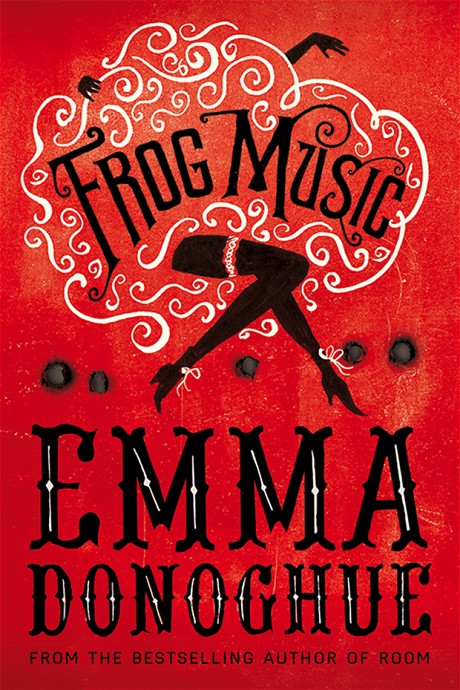While a novel may entertain, inspire or even frustrate, there is something profound about a work that leaves us with enough insight into the human condition that we are able to forgive the author for elements of its execution that fall short of expectations. At the outset, I would not have imagined this would have been my resonant sense from Emily’s Art and Soul by Joy Argento; but, for all of my eye-rolling and impatient huffing throughout the first half of the book, I appreciated the emotional impact and depth of its conclusion.
After a painful divorce and her mother’s death, Emily Sanders takes a job as a high school art teacher in Syracuse, eighty miles from her hometown, in an effort to begin life anew; however, she soon discovers that little in life works out as planned. Emily’s father turns to alcohol as a means of coping with his grief and finds that he cannot tend to his own needs much less those of Mindy, Emily’s younger sister with Down syndrome. Thus, Mindy comes to live with Emily in Syracuse, where she has no one but her big sister upon whom to rely.
Unfulfilled by her past romances, Emily is happy enough without a partner and looks to her oil painting as an outlet for her sensuality and passion until she is inexplicably drawn to Andi Marino, a female colleague who over time assumes the role of Emily’s best friend. The way her body responds to Andi’s mere presence serves as the catalyst for Emily’s sudden realization that she is gay, which throws her into a high-speed tailspin. Emily can’t quite wrap her mind around the fact that she spent the first thirty-five years of her life unaware of this personal truth and becomes utterly obsessed with having a woman in her life.
Emily begins investing an exorbitant amount of time gawking at other women’s rear ends, indulging in sexual innuendo, making out with a near-stranger, speed dating and getting schnockered at a lesbian bar. In carrying out her intention to “play the field,” she disregards her feelings for Andi, the woman who inadvertently inspired Emily’s realization, and is rendered blind to the genuine care and concern that Andi so generously bestows upon Emily and her sister.
It was extraordinarily difficult for me to sympathize with Emily given her self-absorption and resulting disregard for others’ needs; all the while, Andi’s humor, consistency and true goodness make her so very likeable that I couldn’t help but to feel that she deserves someone capable of a mature, respectful and loving relationship. In other words, Andi is worthy of someone significantly more evolved than Emily.
Once she has made her fair share of mistakes, Emily begins to redeem herself through more responsible actions and clearer vision; however, for me, it was too little, too late. Fortunately for Emily, Andi is more willing to cut her slack than I, and that is where the novel’s depth and sensitivity emerges. The blatant plays on lesbian stereotypes fall away, and Emily becomes more fully human. She begins to understand how to love and ends up courageously coming out to those who matter most in her life.
I’d be curious to know the author’s intent with regard to the first half of the book. More than a matter of Emily’s evolution, it feels as though the strength of the latter part is due to Argento’s finding her own stride. When she does, it is rather remarkable to witness. Whereas I was initially mortified to consider Emily’s Art and Soul as a reflection of the lesbian experience, I couldn’t have been more pleasantly surprised upon turning the final page.



